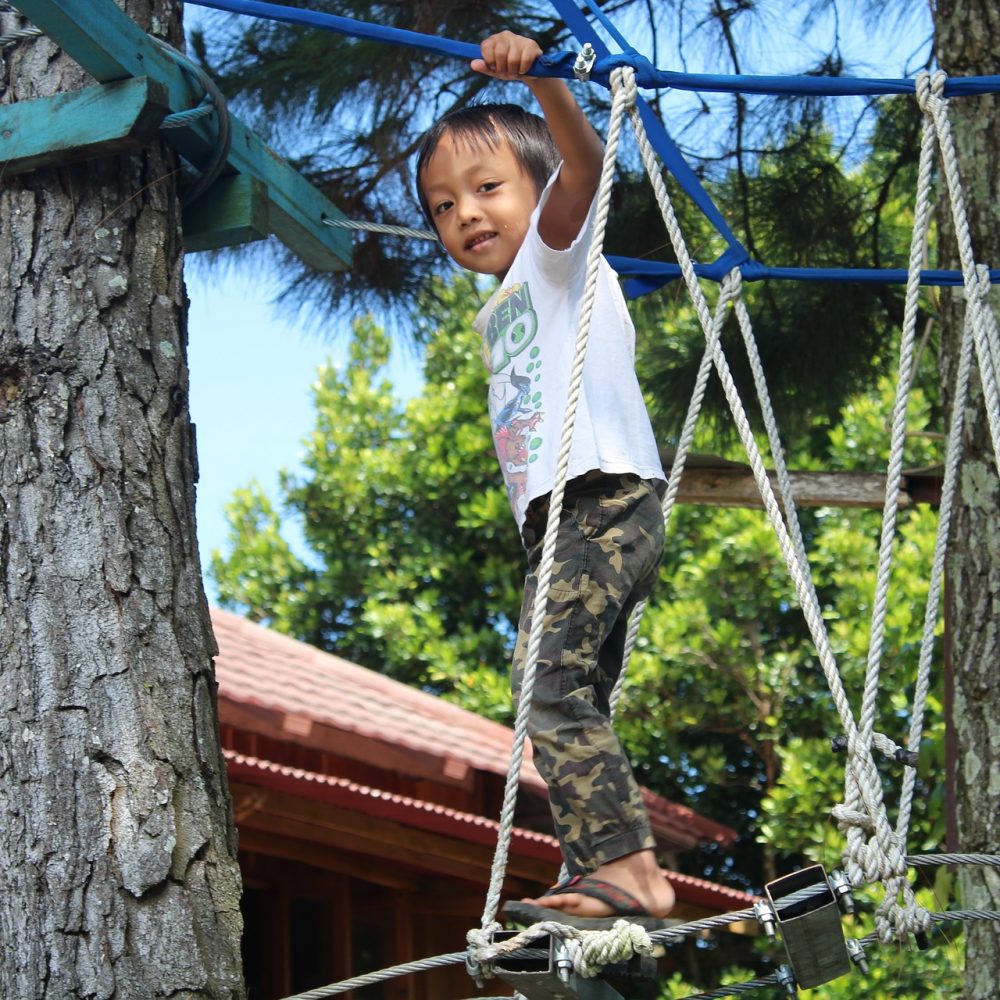
How to turn on and strengthen your anti-gravity muscles naturally
Anti-gravity muscles hold your body up against gravity. As I’ve mentioned in other posts and web pages, these muscle’s size also correlates with decreased back pain. I use the GravityFit program to activate and strengthen these muscles. However, I want to provide some options for those of you who don’t have access to this program.
Start Slow with anti-gravity muscle strengthening
One really important thing to understand is these muscles fatigue quickly. This means you need to strengthen them slowly. When people start a postural strengthening program too quickly, the muscles get micro tears or become neurologically deactivated. As the person continues to overuse these muscles, they never get a chance to heal. The muscles end up causing pain or just never grow in size in order to protect the body and help the person stand up against gravity.
There was a soccer coach (okay football) in Europe who put all his players on vibration machines for training. They jumped right in and did almost all their exercises on the machines. That season they had three ACL tears in the team. The coach ended up completely quitting use of the vibration machines. While the cause of these tears is uncertain, if the coach had added it in slowly, maybe the players could have kept their ACLs.
One final note about building up slowly: you can’t feel your anti-gravity muscles when they fatigue. So it is really easy to build up too quickly. Progress slowly, even if you feel you can do more.
Compression for anti-gravity muscles
These anti-gravity muscles also don’t respond to verbal cues. The part of your brain that turns on the bicep, for example, is different than the one that activates these muscles. They require unconscious, sensory information. Compression provides this input the most efficiently. That is where the silly looking hat comes in. If you don’t have a hat, though, you still can provide compression through your arm and legs. Closed-chain movements provide. A closed-chain movement is a movement done with a distal body part (arms or legs) on the ground or stationary object. So a bicep curl is open chain, but a push-up is closed-chain. A hamstring curl is open-chain, but a lunge is closed-chain. These closed-chain exercises, in general, provide compression through the limbs, which helps to activate the anti-gravity muscles of the limbs. A stationary lunge, in particular, activates the adductor brevis: an essential muscle to help to stand up.
Barefooting for anti-gravity muscles
Standing, walking, running, existing barefoot also activate these muscles. Before starting these activities: keep in mind a few important caveats. First, standing barefoot on a hard surface, such as tile, hurts your postural muscles. The increased pressure from the floor will put stress on your joints. This pressure can lead to injury down the road. Old wood floors, carpet, or grass are the perfect pressure for barefoot being. Second, you need to build up slowly: especially with running. If you always wear shoes: start with just a few minutes a day and add a few minutes every few days.
Feel Your Body
The instructions for the correct gravityfit posture focus on FEELing your body. The research shows that spending time feeling your body, and how it moves in space, contribute to your anti-gravity muscle activation. So spend a little less time thinking and a little more time feel your body. Do a body scan, a sensory-based meditation, or iRest to increase your awareness of your body.
These tips, when practiced correctly, will help you develop a strong anti-gravity system. Happy strengthening!